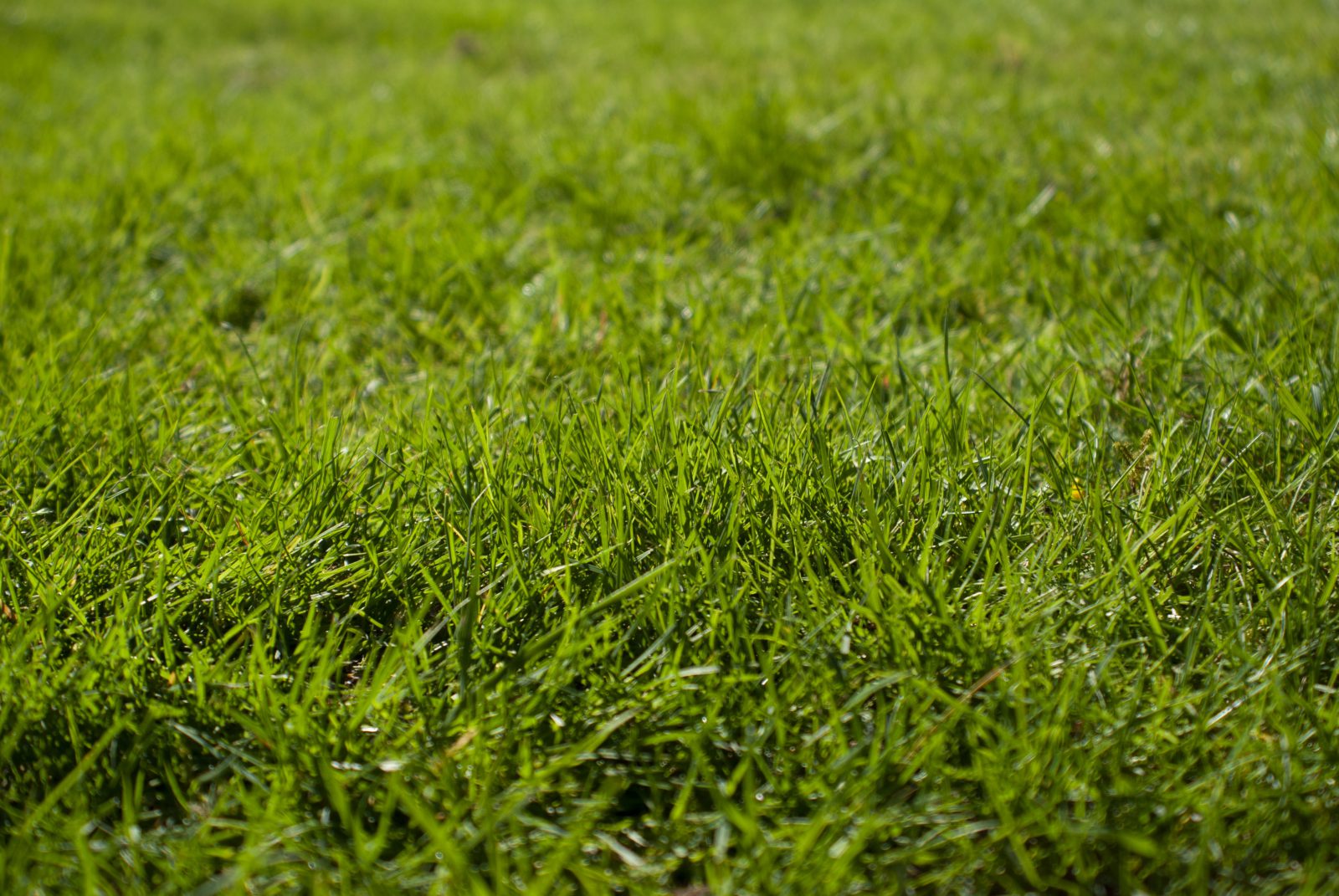
Tips for Organizing an Earth Day Pond Cleanup
Each one of us relies on the environment for air, food, and water – and oftentimes, we take these precious resources for granted. Earth Day reminds us each year to give thanks to our local ecosystems. If you would like to take the next step, we encourage you to volunteer your time by picking up trash, planting trees, or completing cleanups around lakes, ponds and streams. Despite the pandemic, volunteering is possible when done safely.

Not sure how to organize a volunteering event or encourage others to get involved? For more than a decade, SOLitude colleagues have coordinated an array of community service efforts through our dedicated volunteering program, The SOLution. Over that time, we’ve learned a few tips and tricks along the way; here are five of them to help you execute a successful Earth Day initiative!
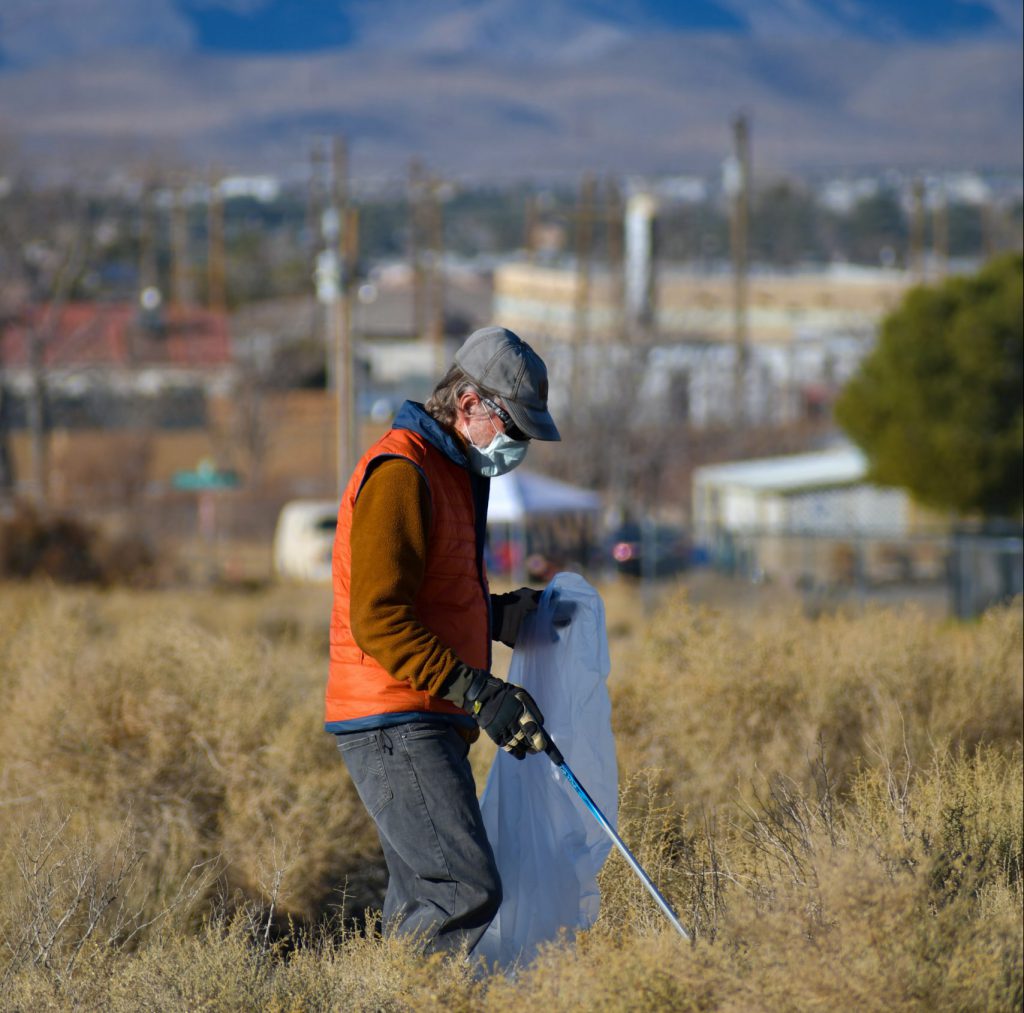
Establish Your Goal
The 2021 Earth Day theme is “Restoring Our Earth,” so consider what that means in light of our freshwater resources! Do you seek to promote the health of your aquatic ecosystem? Improve functionality? Enhance beauty? Most environmental restoration efforts contribute to all of the above! We recommend following a checklist that encompasses a variety of strategies that are not only easy to implement, but also have a lasting positive impact:
- Pick up trash, dog waste, and other pollutants
- Collect and remove debris like tree branches, grass clippings, and dead plant matter
- Pull nuisance and invasive weeds for offsite disposal
- Introduce native sedges, rushes, and desirable flowering plant species
- Educate volunteers about the benefits of their cleanup efforts
And remember, volunteering on Earth Day can be about more than just recognition of the holiday; it’s also a way to connect neighbors, friends, and community members to the environment around them. Volunteers can better learn how their lifestyle impacts lakes and ponds, and encourage good habits relating to trash disposal, recycling, and more!
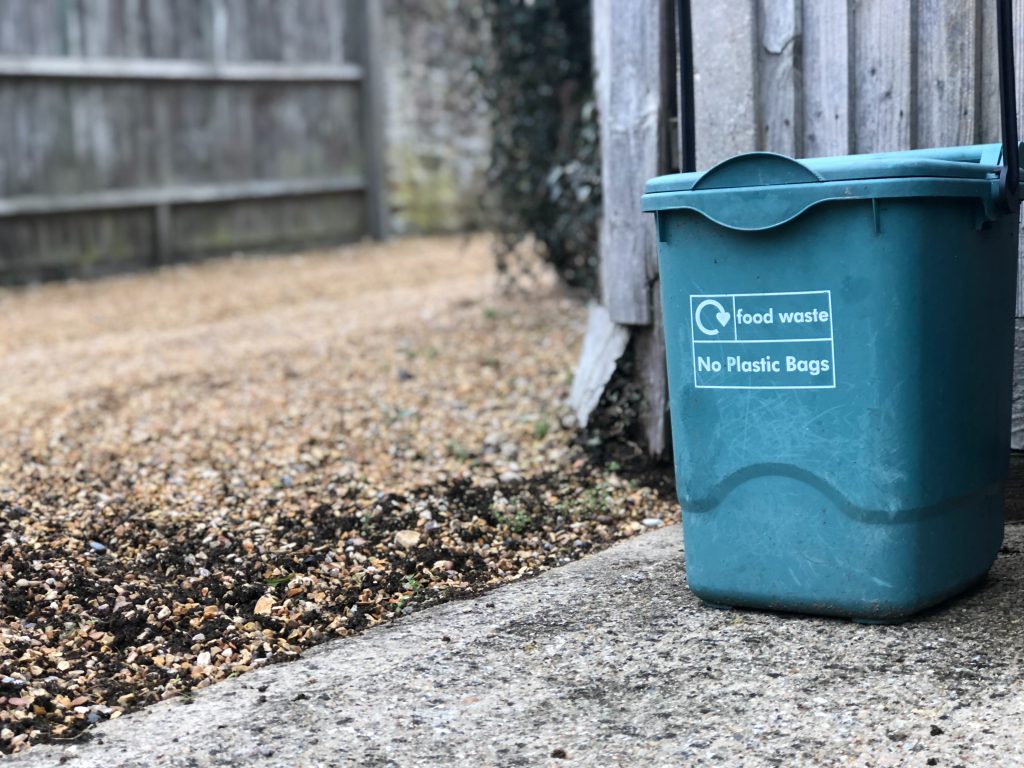
Plan Ahead
Clean-ups can be hard work! To aid in your efforts, consider bringing along some helpful tools to alleviate the workload. Protective gloves, trash grabbers and bags, shovels, rakes, wheelbarrows, and other supplies can help streamline and expedite clean-up or planting efforts. It’s also important to prioritize safety (particularly in light of COVID-19), so be sure to have first aid kits, extra protective face masks, and hand sanitizer on hand.
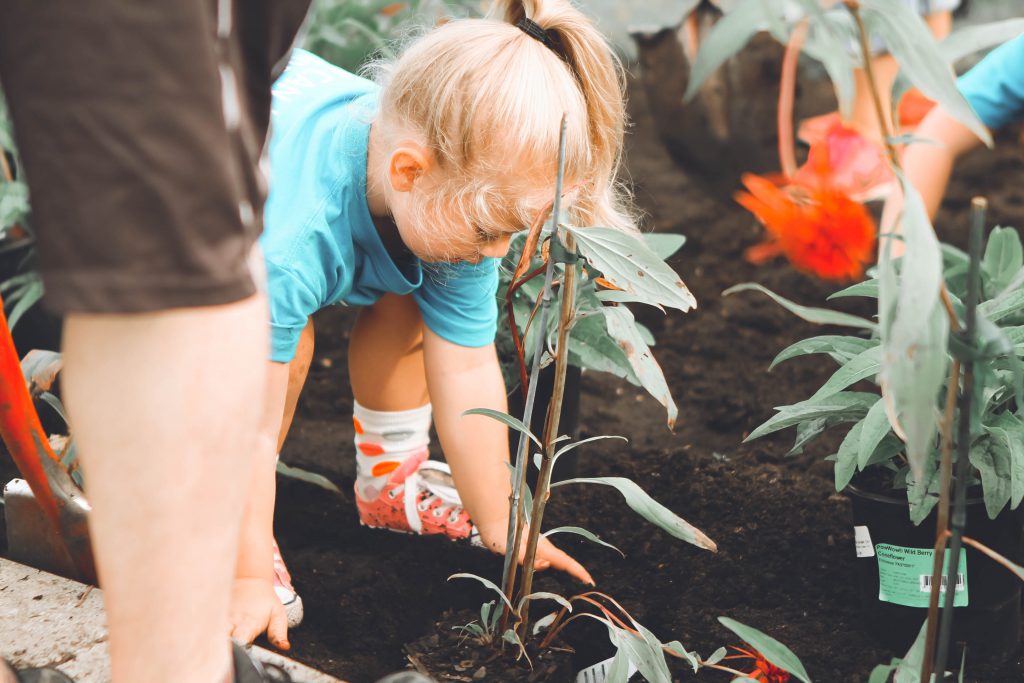
Recruit Volunteers
As we return outdoors to enjoy the spring season, Earth Day sets the perfect backdrop for volunteering while social distancing. It can be beneficial to take steps to attract, incentivize, and committed volunteers. Consider creating Facebook events or informative flyers to post around your community. Excite neighbors and friends with the promise of small treats like coffee and donuts. And encourage a reliable turnout by organizing volunteer time slots. You can also officially register for your Earth Day event to help attract additional volunteers in your area! Visit www.earthday.org/actions/register-your-earth-day-event.
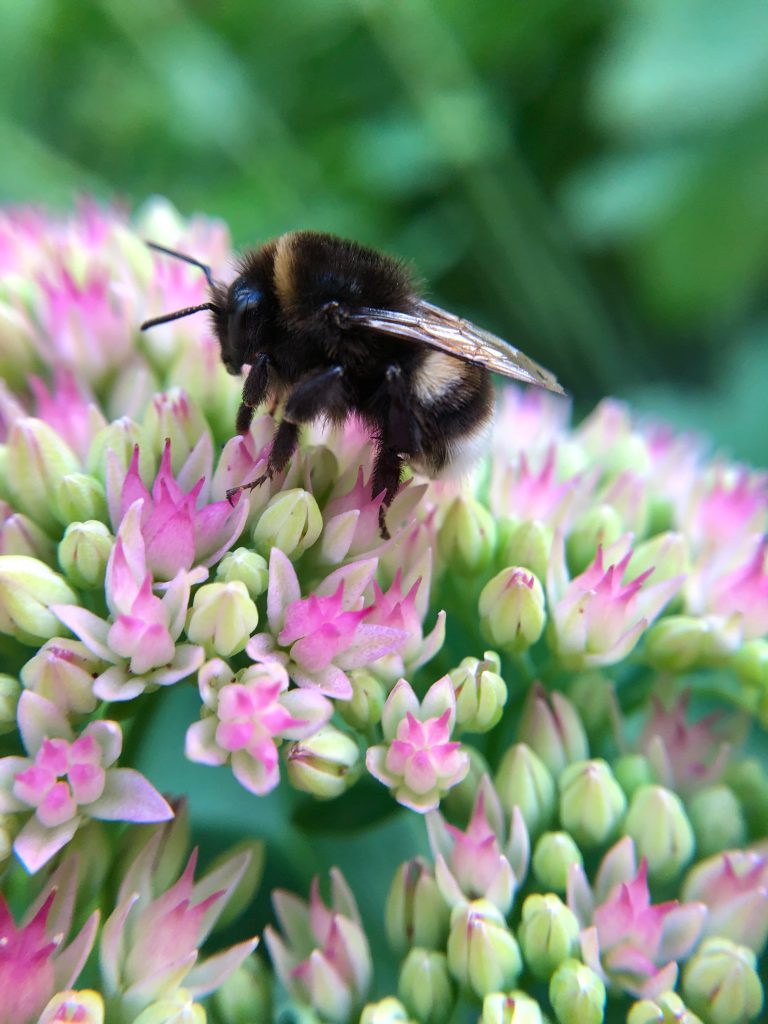
Communicate the Benefits
Cleanups provide more benefits than simply the visual transformation. Removing trash, shoreline weeds, and debris like sticks and grass clippings helps prevent nutrient loading, which is the primary cause of algae and toxic cyanobacteria development. As organic materials decompose in the water, they release excess nutrients that fuel undesirable growth.
Likewise, introducing native grasses and rushes helps to filter stormwater runoff and prevent trash and pollutants from entering the waterbody. Beneficial native plants and flowering species attract honey bees, as well as dragonflies that feed on nuisance mosquito, gnat and fly populations all summer long.
Simultaneously, deep-rooted flowering plants help to stabilize sediment, thus preventing shoreline erosion and sedimentation – one of the primary causes of muck development and loss of pond depth.

Share Your Success!
Ultimately, the more your community learns about and implements proactive environmental efforts, the healthier, more functional, and more beautiful your lakes, ponds, and natural areas will become. Don’t let this opportunity to share and educate go to waste! Take photos, check out our event page, and be sure to tag SOLitude Lake Management on social media. Every bit counts when we seek to protect and preserve the world around us.









